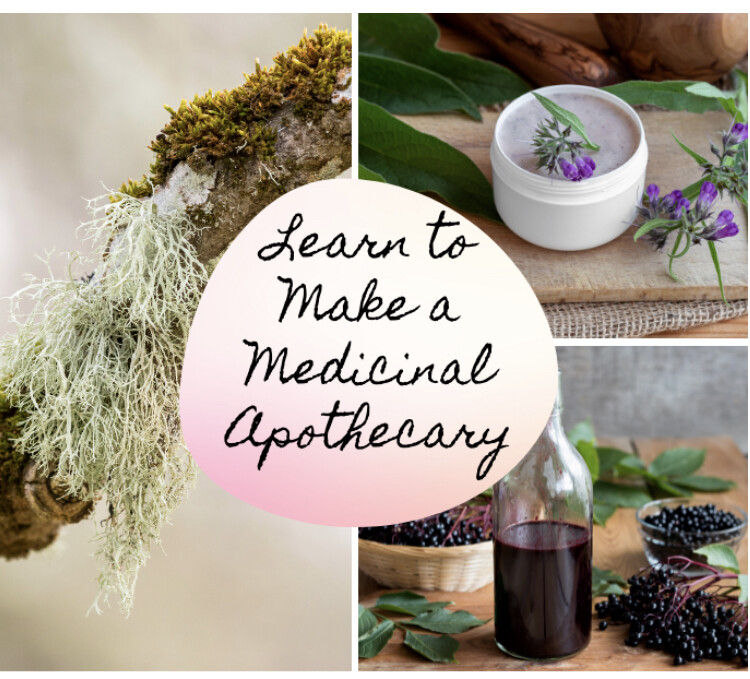
Have you ever wondered what our ancestors used when they had wounds and sore muscles? I can tell you what they didn’t do; they didn’t run to Wal-Mart and purchase an antibiotic ointment or a sore muscle rub. Instead, our ancestors understood how to use herbs and other ingredients to create healing salves for what ailed them.
Interested? I was, too! Learning how to heal your injuries with herbs and other items is a fundamental skill for any homesteader or prepper. So, let’s look into what you need to know about healing salves.
What is a Salve?
A salve is simply anything that you apply topically to heal the skin. Balms, ointments, and creams all qualify as salves. Most salves involve the use of waxes and oils to create a semi-solid texture that makes them shelf-stable and thick. The ingredients used in a salve can be changed to serve many functions. Most are multi-purpose, but you can tailor them to your particular ailment by adding essential oils, infused oils, or tinctures to the mixture. A salve can heal many issues, such as:
* Dry Skin
* Diaper Rash
* Chapped Lips
* Sore Muscles
* Wound Healing
* Minor Burns, Cuts, and Scrapes
* Eczema
Ingredients Needed to Create a Salve
To create a salve, you need oils. Each type of oil has its own properties, some popular choices include:
* Olive Oil
* Sweet Almond Oil
* Apricot. Oil
* Coconut Oil
After you pick the oil (or oils), you need beeswax to bind everything together.
What You Need to Make a Salve
So you picked your oils and beeswax. Now you have to get the rest of the materials necessary to create a salve. I promise it’s not complicated! To make a salve, you need these other materials
* Equal parts dried herbs
* Cheesecloth
* Jars or containers for storage
* Pot
* Heat safe bowl
* Essential oils
Steps to Create a Salve
The steps to create a salve are usually the same no matter the recipe you are creating. The only differences will be if you use essential oils or not and which dried herbs you pick to use. So once you make one, you can make a dozen more. They truly are simple! Let’s take a look at each step…
Make an Herbal Infusion
The first thing you want to do is create an herbal infusion, which is best done with the double boiler method. I’ve tried it in a single pot, and I burned the herbs. Learn from my mistakes.
1. Put your herbs and oil in a small pot or container over a large pot of water that is 1/4 full. You want to put all of the herbs used in the recipe into the oil. That might be 1-6 different dried herbs. A glass measuring cup or a glass bowl will work.
2. Bring that water to a boil, then turn the stove down to a simmer.
3. Now let the herbs and oil infuse together for 30 to 60 minutes. (Another option is to do the solar/slow method, but that takes weeks.)
4. Once it’s done, remove it from the heat and set aside.
The other option is called solar infusion. With this method, you put the herbs and oil into a sealed Mason jar and place the jar in a sunny area for 4 to 6 weeks.
Strain the Infused Oil
Now that your oil is ready, you need to strain out the herbs.
1. Put two to three layers of cheesecloth or paper towels over a funnel or bowl.
2. Pour the infused oil over the cheesecloth/paper towels which will strain the oil and herbs.
3. Once you’ve poured everything into the cheesecloth/paper towels , gather it up and squeeze out the remaining oils.
Prepare the Salve
The next step is to place the beeswax in a pan over low heat.
1. Add the infused oil and melt together. Let these two ingredients combine well.
2. Once mixed, remove the pan from the heat. Your salve is almost finished!
Add Essential Oils or Other Ingredients
If you decide to add essential oils, you should add them after you remove the oil and wax mixture from the heat. It is also the best time to add stuff like clay or activated charcoal.
Jar and Store
The last thing you want to do is put the salve into the jars you selected. You can determine the solidification of the salve by placing some into your refrigerator for 10 to 15 minutes. If you use more beeswax, it creates a harder salve. Less beeswax creates a creamy salve. All you have to do is pour the salve into the jar or jars you selected and allow them to cool before lidding and storing! Now let’s take a look at four specific recipes I’ve chosen to share with you…
1. Aches and Pains Salve Recipe
Whether you are lifting weights or lifting bags of garden soil, everyone needs a salve in their medicine cabinet for those sore muscles. The cayenne pepper in this recipe gives the salve the bit of heat required to heat up your muscles and give them the desired relief.
Ingredients:
* 1 cup oil (coconut oil or olive oil are two popular picks)
* 1/4 cup beeswax pastilles
* 1 TBSP cayenne pepper powder
* 1 TBSP ginger root powder
* 1 TBSP turmeric powder
* 1 TBSP arnica flowers
2. Summer Salve Recipe
Summertime might be one of the best seasons, but it brings with it bug bites, stings, and poison ivy. Who likes those? This summer salve solves all of those problems, and you can use it on scrapes and cuts. The recipe makes around 1.5 cups, but it’s worth doubling (or tripling) to have a stockpile!
Ingredients:
* 2 cups oil (your choice – olive oil, coconut oil, and almond oil work great)
* 2 TBSP dried plantain leaf
* 2 TBSP dried comfrey leaf
* 2 TBSP dried burdock root
* 1/4 to 1/2 cup beeswax pellets
* 20 drops lavender oil – optional
3. Stretch Marks Salve
Pregnant mamas, I got you! After having two kids myself, I know the reality. The stripes are real! This stretch marks salve is pregnancy safe; nothing here is going to harm your sweet baby.
Ingredients:
* 1/4 cup shea butter
* 1/4 cup coconut oil
* 3 TBSP apricot kernel oil
* 1 TBSP calendula flowers
* 1/4 TSP dried ginger root
You can add any pregnancy safe essential oils that you want, but they aren’t necessary.
4. Skin Healing Salve
This is more of an all-purpose salve for any type of skin irritation. If you have any wounds or dry skin, this calendula skin healing salve will solve the problem.
Ingredients:
* 4 ounces calendula infused oil
* 2 TBSP packed, grated beeswax
* 25 to 50 drops essential oils (chamomile, lavender, and frankincense are good options)
Making Healing Salves at Home
I promise, making healing salves at home isn’t difficult. The process is the same for each recipe. You have to create an infused oil with dried herbs. Some people like to have several infused oils brewing at one time on windowsills, while others like to do the faster method.
The best thing about making salves at home is the ability to tailor it to what you want and your ailments. You can change the essential oils (or not add any), or try a new herb you like. The options are endless.
I hope you give making your own herbal medicinal remedies a try.
Have a spectacular day,
Deb
PS
Are you ready to build your beginners herbal remedies apothecary? Check out my course! I teach you how to make 15 essential medicinals. When you’re ready click here
www.debraylene.com/vaults/members/4587
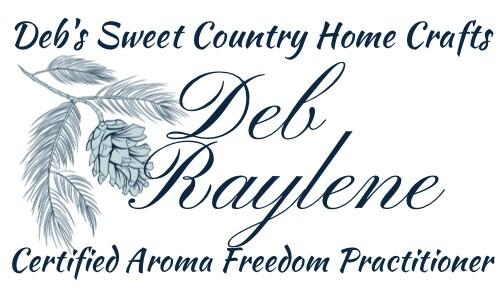

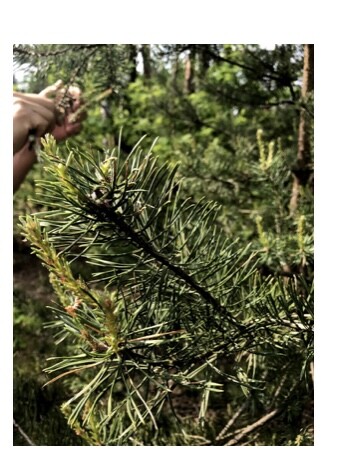
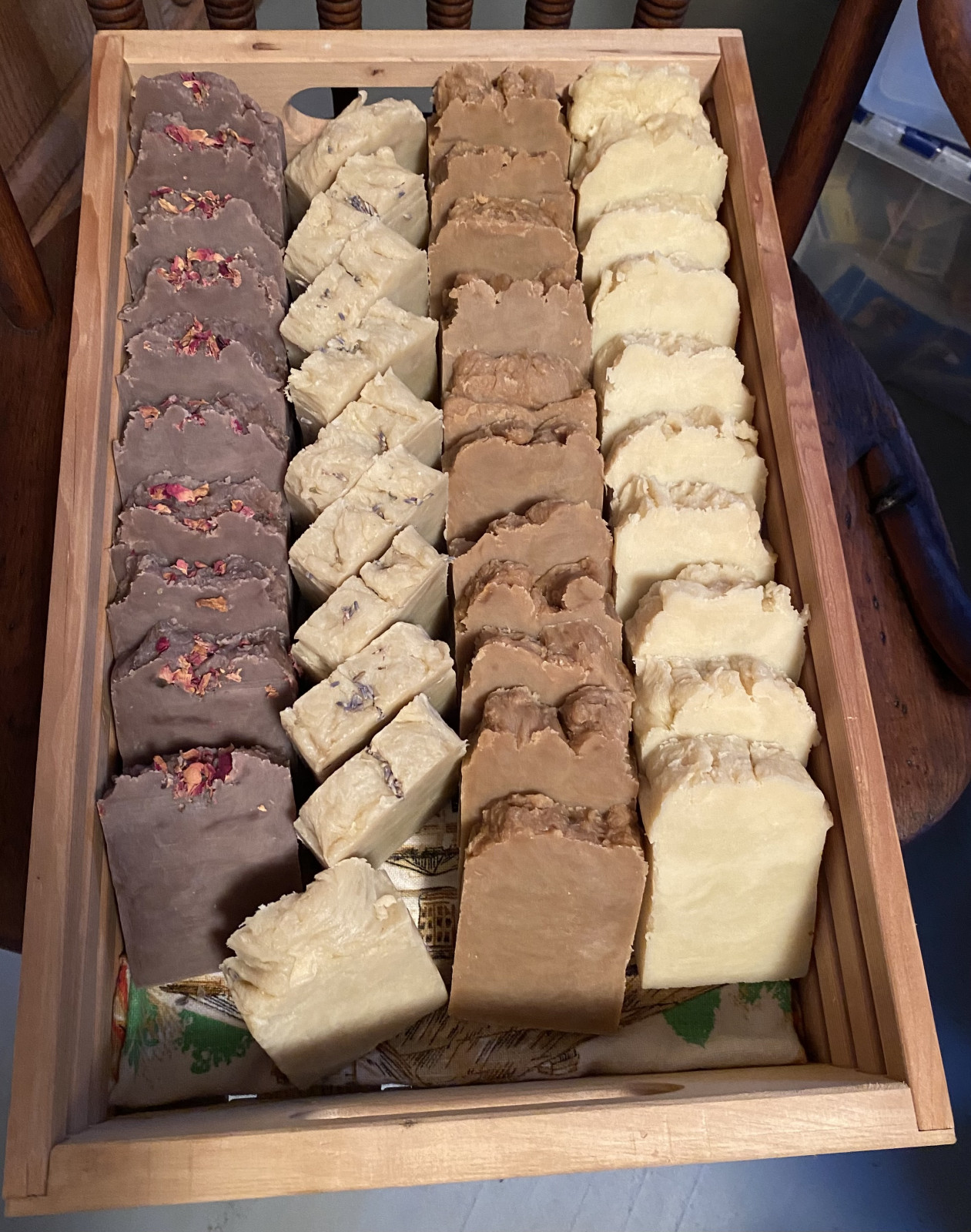
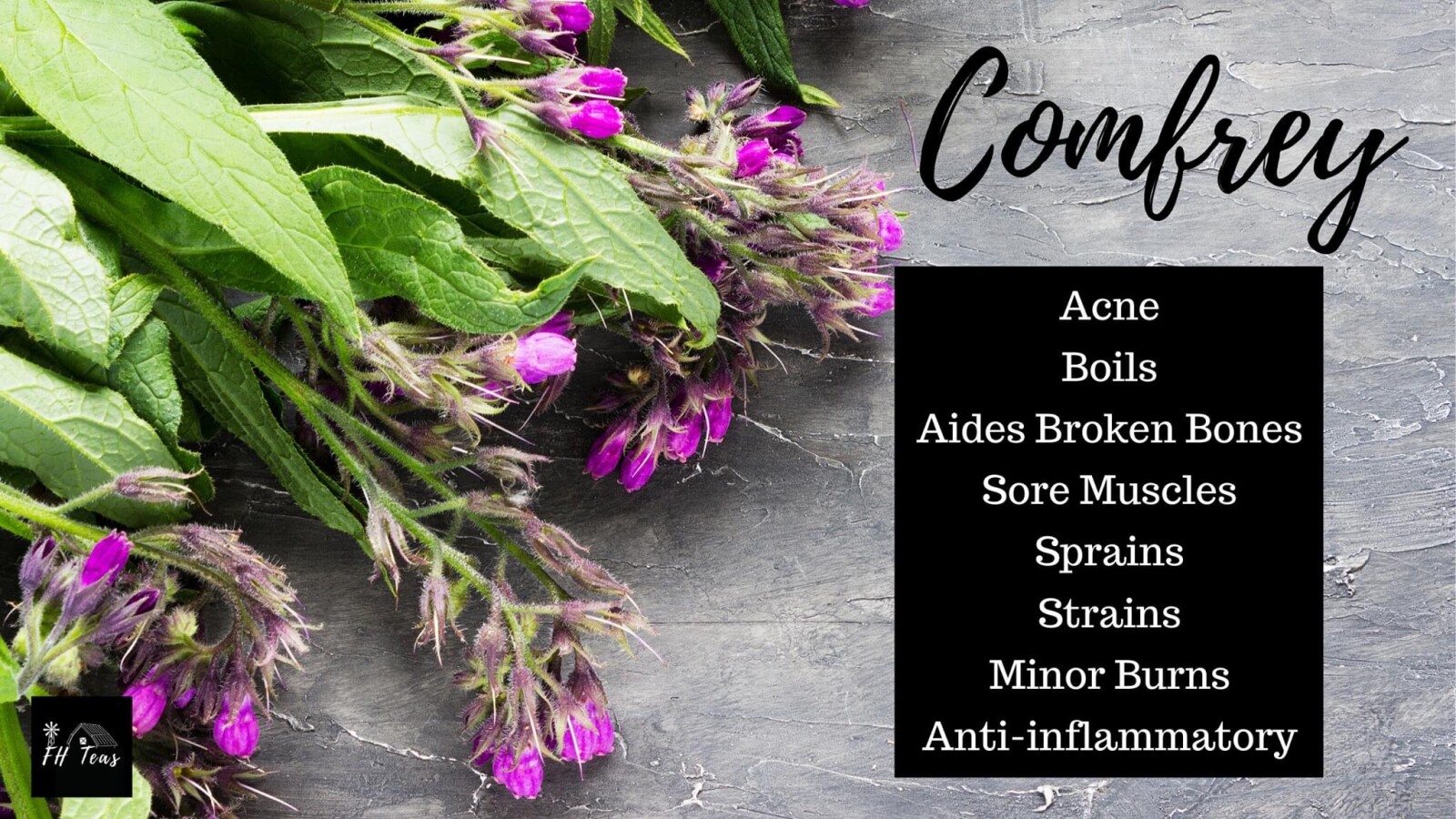
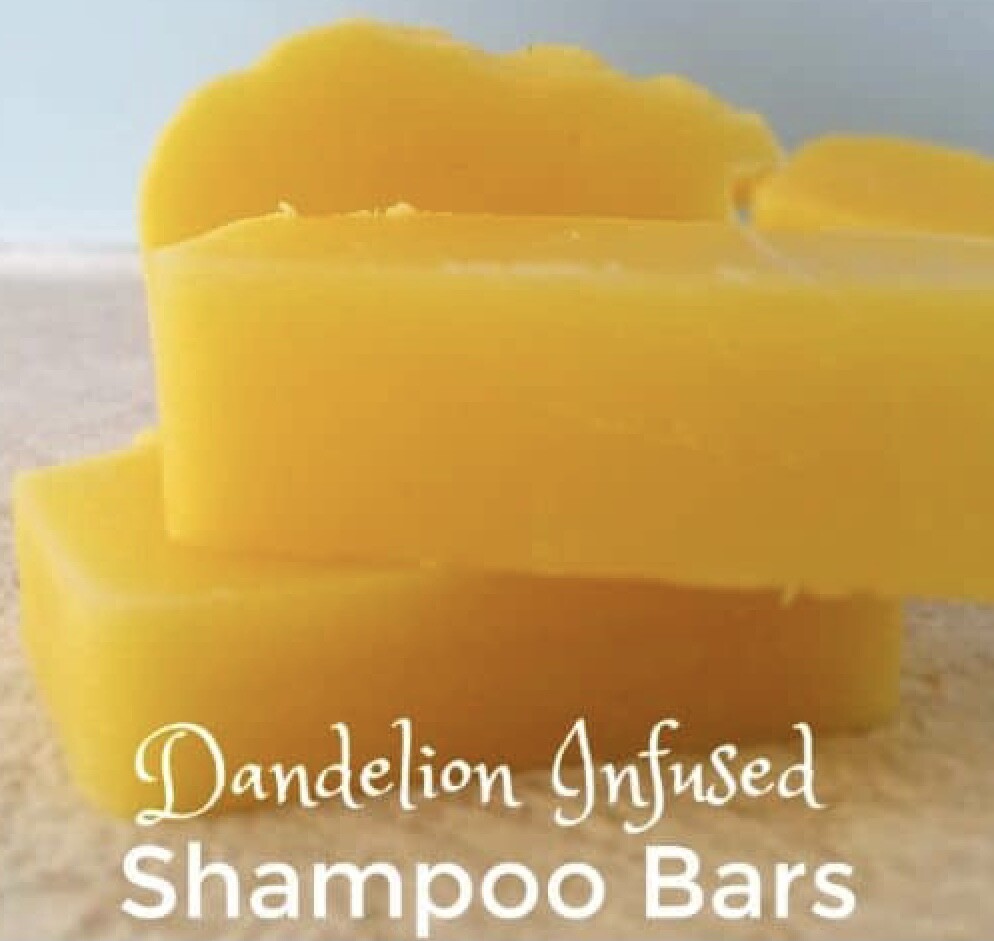
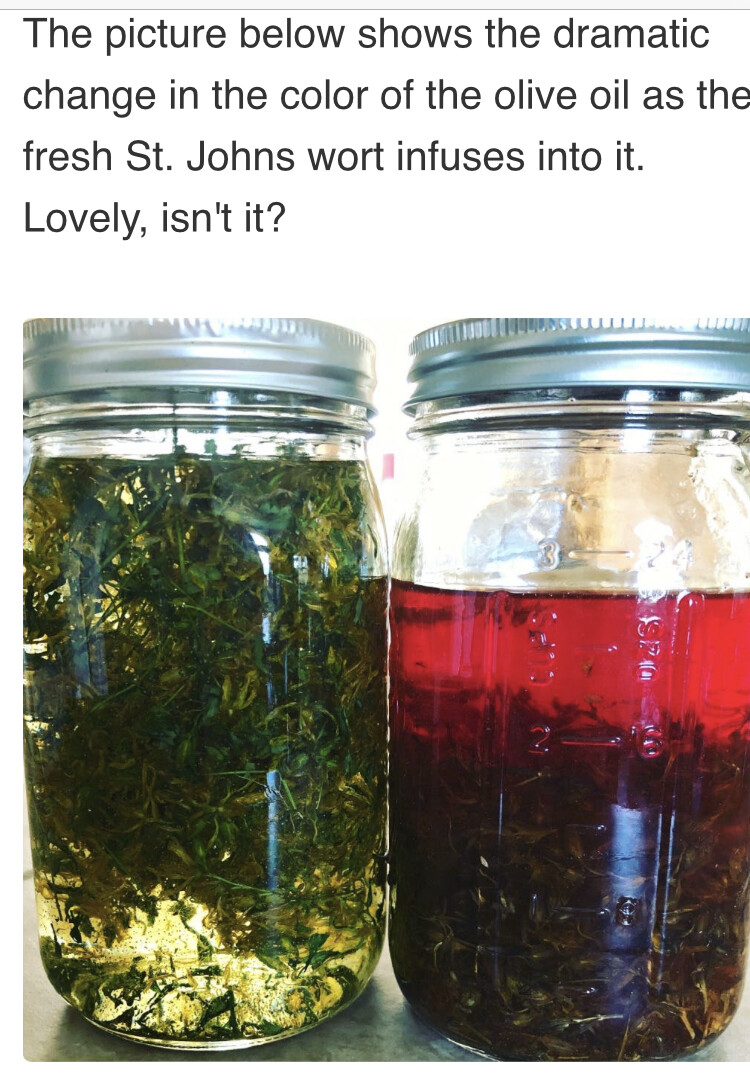
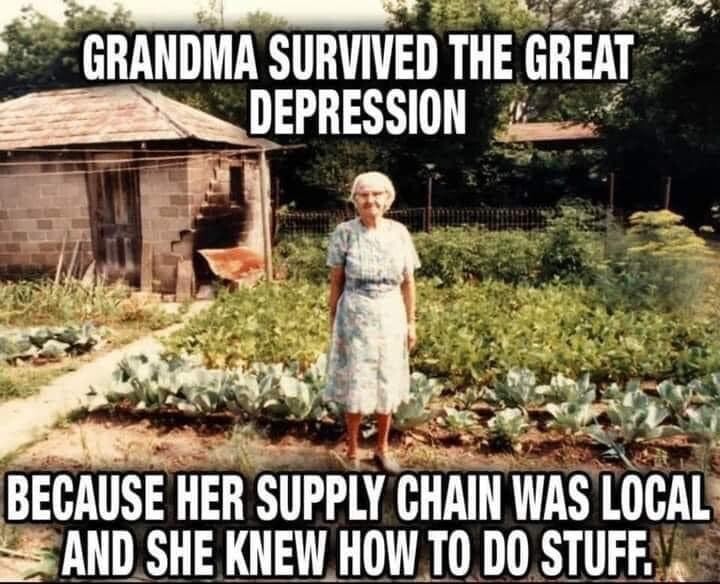

I like Starwest Botanicals for herbs & some oils
https://shareasale.com/r.cfm?b=140557&u=3237780&m=19017&urllink=&afftrack=
I use predominately Young Living essential oils
https://www.youngliving.com/us/en?enrollerid=18220896
I hope that helps you,
Deb